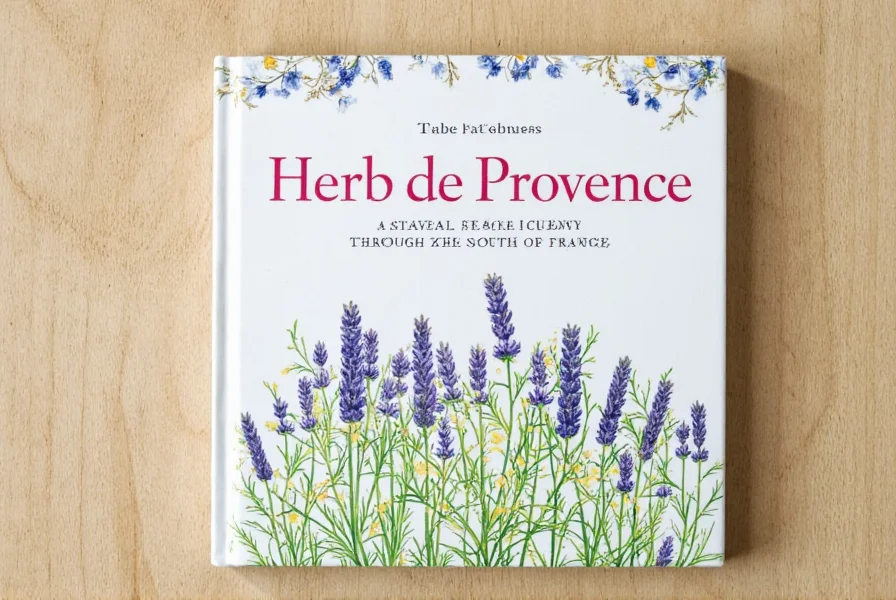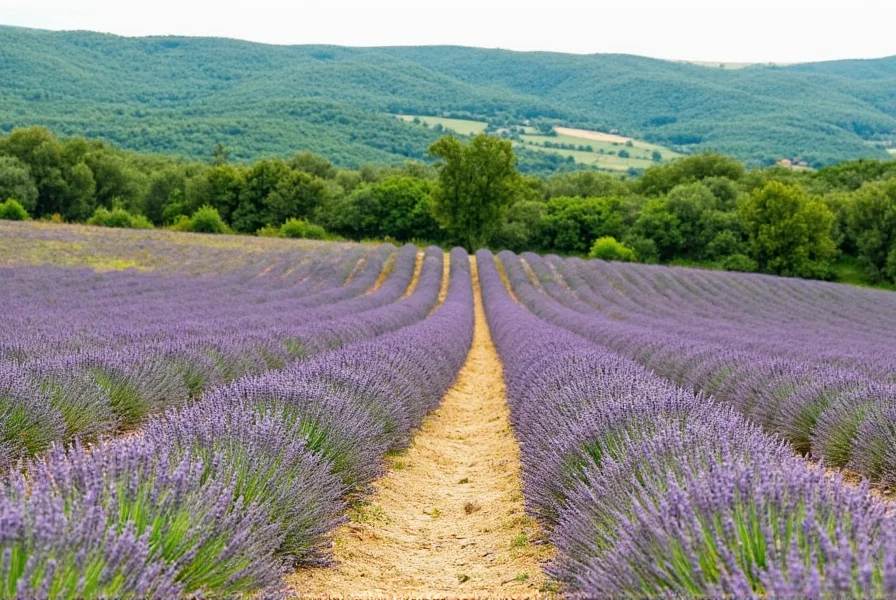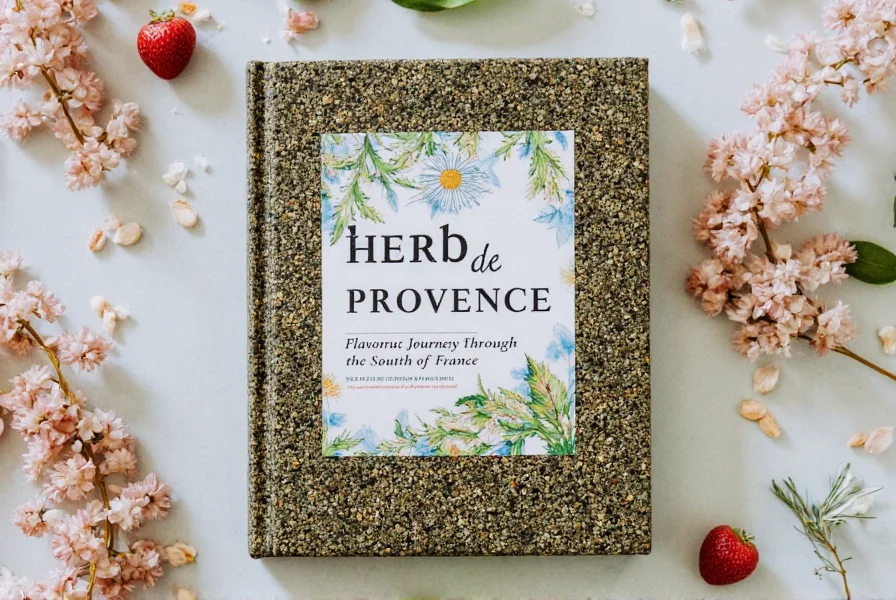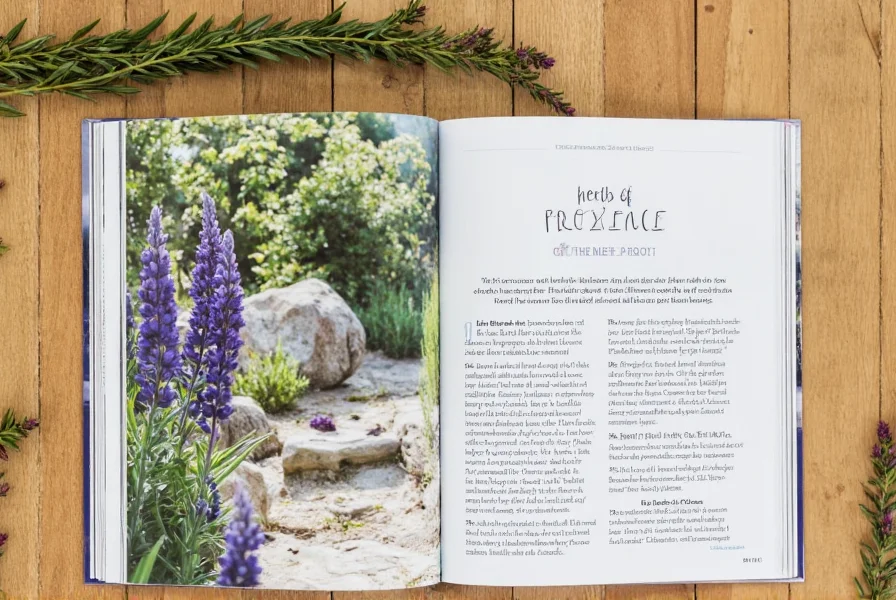Herb de Provence: A Flavorful Journey Through the South of France
Are you a spice enthusiast or a culinary professional looking to elevate your dishes with a touch of French flair? If so, you've probably heard of herb de Provence. This aromatic blend has been a staple in Mediterranean kitchens for centuries, adding a distinctive flavor to everything from roasted vegetables to grilled meats. But what exactly is herb de Provence made of? In this article, we’ll dive into the history, composition, and uses of this beloved spice mix, complete with practical tips and a detailed buying guide.
Table of Contents
- The History of Herb de Provence
- What Is Herb de Provence Made Of?
- How to Use Herb de Provence
- Practical Tips for Using Herb de Provence
- Buying Guide: How to Choose the Best Herb de Provence
- Conclusion
The History of Herb de Provence
Originating from the sun-soaked region of Provence in southern France, herb de Provence has deep roots in local cuisine and tradition. Historically, it was used by farmers and cooks to preserve food and add flavor to simple meals. The blend became especially popular during the Middle Ages, when herbs were essential for both cooking and medicine.
Today, herb de Provence is more than just a seasoning—it's a symbol of French culinary heritage. Whether you're using it in a rustic stew or a delicate fish dish, this spice blend brings a taste of the Mediterranean to your kitchen.

What Is Herb de Provence Made Of?
At its core, herb de Provence is a carefully balanced mix of dried herbs that reflect the flavors of the French countryside. While the exact combination can vary depending on the producer, the most common ingredients include:
- Thyme: Adds a subtle, earthy aroma
- Rosemary: Provides a pine-like fragrance
- Oregano: Offers a bold, slightly spicy flavor
- Marjoram: Brings a sweet, citrusy note
- Basil: Adds a fresh, peppery taste
- Sage: Contributes a warm, slightly bitter undertone
- Pepper: Enhances the overall depth of flavor
Some blends may also include additional elements like lavender, fennel seeds, or even a hint of garlic powder, making each version unique. But the key is balance—each herb should complement the others without overpowering the dish.

Comparison Table: Common Herbs in Herb de Provence
| Herb | Flavor Profile | Best For |
|---|---|---|
| Thyme | Earthy, slightly floral | Roasted meats, soups |
| Rosemary | Piney, strong | Grilled vegetables, breads |
| Oregano | Spicy, pungent | Tomato-based dishes, pizzas |
| Marjoram | Sweet, citrusy | Salads, poultry |
| Basil | Fresh, peppery | Salads, pasta |
| Sage | Warm, slightly bitter | Stuffed meats, sausages |

How to Use Herb de Provence
One of the great things about herb de Provence is its versatility. It works well with a wide range of ingredients and can be used in both hot and cold dishes. Here are some of the most popular ways to use it:
- Cooked Dishes: Sprinkle over roasted chicken, pork, or lamb before baking. Add to stews, soups, and sauces for extra depth.
- Vegetables: Toss with olive oil and season with herb de Provence before roasting or grilling. It’s especially good with potatoes, zucchini, and eggplant.
- Seafood: Use it to season fish or shellfish. The light, herbal notes complement the natural sweetness of seafood.
- Bread and Baking: Mix into dough for a savory loaf or sprinkle over crusty bread before baking.
- Salads: Drizzle olive oil over a salad and finish with a pinch of herb de Provence for a burst of flavor.
Remember, since it’s a concentrated blend, a little goes a long way. Start with a small amount and adjust to taste.

Practical Tips for Using Herb de Provence
If you’re new to herb de Provence, here are some tips to help you make the most of this versatile spice:
- Store it properly: Keep your herb de Provence in an airtight container away from heat and moisture. It will stay fresh for up to a year if stored correctly.
- Use it as a rub: Mix it with olive oil or butter to create a paste and spread it over meat before cooking. This helps infuse the flavor deeply.
- Pair it with other spices: Combine with garlic, lemon zest, or black pepper for more complexity.
- Experiment: Don’t be afraid to try different combinations. Some people add a bit of chili flakes for a kick, while others prefer it mild.
- Make your own: If you enjoy DIY cooking, you can create your own blend at home using the ingredients listed above. Just be sure to dry them thoroughly before mixing.

Buying Guide: How to Choose the Best Herb de Provence
With so many brands and variations available, choosing the right herb de Provence can be overwhelming. Here’s what to look for when shopping:
Key Features to Consider
- Ingredients: Look for a high-quality blend that includes the traditional herbs like thyme, rosemary, oregano, marjoram, and basil. Avoid blends with excessive fillers or artificial additives.
- Source: Opt for products that source their herbs from reputable farms or regions known for quality spices, such as France, Italy, or Greece.
- Brand Reputation: Choose well-known brands with positive customer reviews. Brands like McCormick, Penzeys, and King Arthur are trusted names in the spice world.
- Texture: The herbs should be finely ground and evenly mixed. Avoid blends that have large chunks or uneven distribution.
- Shelf Life: Check the expiration date to ensure freshness. Fresh herb de Provence will have a stronger aroma and flavor.
Recommended Products
- McCormick Herb de Provence
- Features: Classic blend with thyme, rosemary, oregano, marjoram, and sage
- Advantages: Affordable, widely available, and reliable
- Use Cases: Perfect for everyday cooking, from roasts to salads
- Target Audience: Home cooks and casual chefs
- Suitable Occasions: Family dinners, potlucks, and picnic meals
- Penzeys Herb de Provence
- Features: Premium blend with a higher concentration of fresh herbs
- Advantages: Stronger flavor, ideal for those who want more depth
- Use Cases: Great for special occasions or gourmet dishes
- Target Audience: Professional chefs and serious home cooks
- Suitable Occasions: Dinner parties, restaurant-style meals
- King Arthur Herb de Provence
- Features: Organic option with no added preservatives
- Advantages: Healthy choice for those who prioritize organic ingredients
- Use Cases: Ideal for health-conscious individuals and natural food lovers
- Target Audience: People with dietary restrictions or preferences
- Suitable Occasions: Everyday meals, healthy recipes, and family gatherings

Conclusion
In summary, herb de Provence is a richly flavored blend of dried herbs that originated in the south of France. It typically includes thyme, rosemary, oregano, marjoram, and basil, among others. What makes this spice mix so special is its ability to enhance a wide variety of dishes with a subtle yet powerful flavor profile. Whether you're a seasoned chef or a curious foodie, herb de Provence is a must-have in your spice rack.
When choosing herb de Provence, consider the quality of ingredients, brand reputation, and your personal taste preferences. With the right blend, you can bring a touch of Provençal charm to every meal.












 浙公网安备
33010002000092号
浙公网安备
33010002000092号 浙B2-20120091-4
浙B2-20120091-4